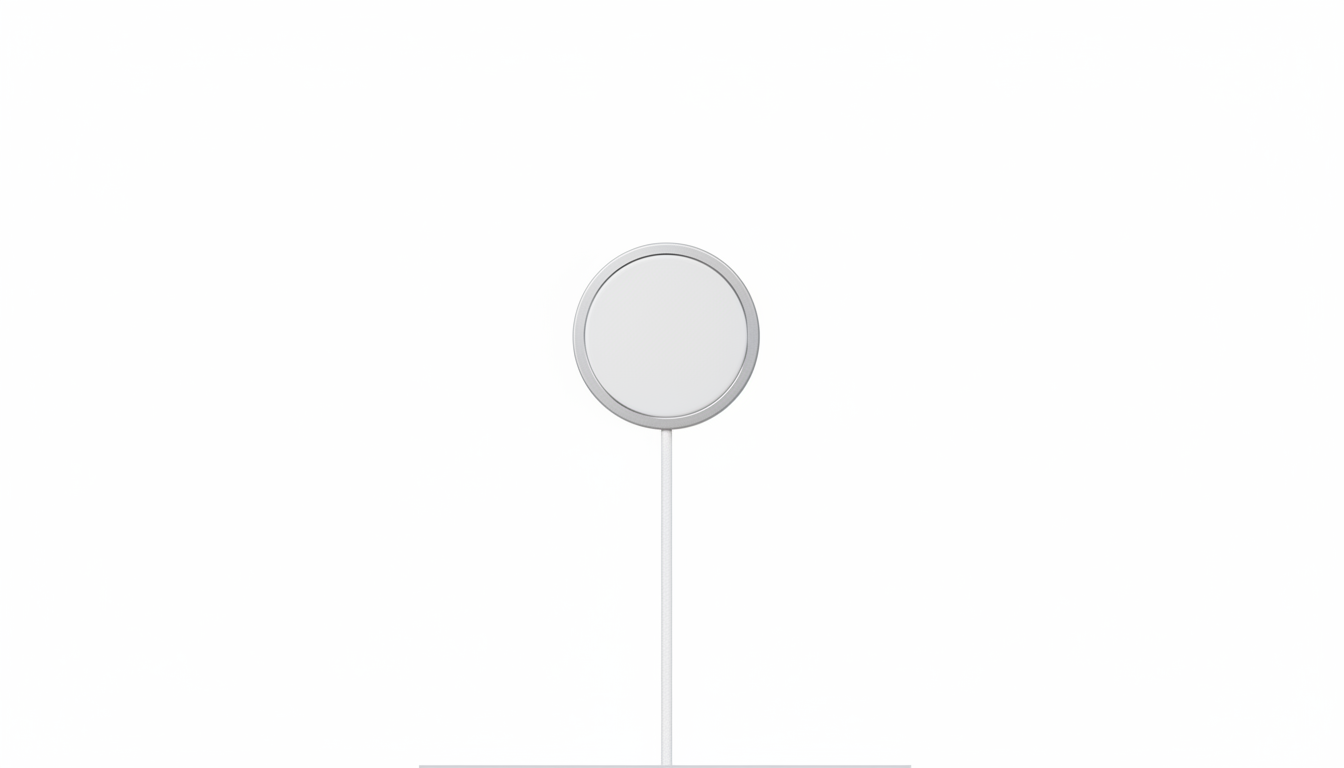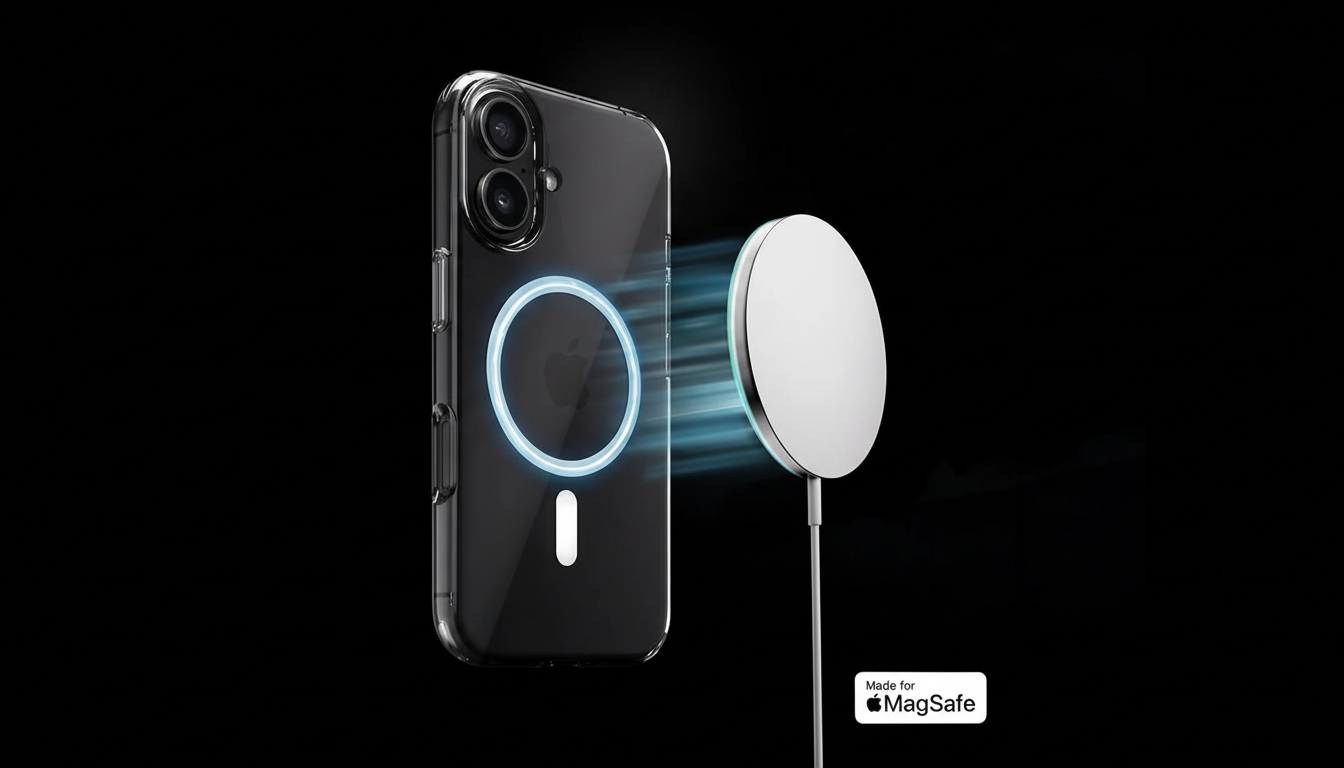The Wireless Power Consortium is disputing a headline-grabbing assertion from Nothing that building MagSafe‑like magnetic wireless charging would cost “over $10 million.” According to the body that stewards the Qi2 standard, companies don’t need to reinvent the wheel—or the magnet ring—to deliver interoperable magnetic charging at a fraction of that figure.
WPC Pushes Back on the $10 Million Cost Figure
In a response cited by industry commentators, the WPC said members have access to the Qi2 Magnetic Power Profile specifications and to essential IP under RAND terms—short for reasonable and non‑discriminatory licensing. The organization’s regular membership runs about $20,000 per year, with an additional ecosystem participation fee starting near $10,000, making access a predictable line item rather than an eight‑figure gamble.

The WPC’s position is straightforward: if a phone maker wants magnets that align with Qi2 wireless chargers—many of which are now shipping from accessory brands—membership plus certification is the standard route. That path avoids bespoke magnet designs and proprietary protocols that would add cost, risk, and time to market.
Why a $10 Million Price Tag Is Hard to Justify
Could an OEM spend $10 million on magnetic charging? Yes—if you fold in broad R&D, new manufacturing tooling, extensive thermal and reliability campaigns, and multi‑region compliance over several product cycles. But experts note that the licensing and standards access portion should be a small slice of that pie, not the whole budget.
Typical costs for bringing a wireless charging feature to market include component sourcing, coil and magnet tuning, firmware for power negotiation, electromagnetic interference mitigation, and third‑party certification at authorized labs. Those checks are not cheap, but they are measured in tens to hundreds of thousands per SKU, not tens of millions solely for IP access.
Qi2 Versus MagSafe: What Actually Matters
Qi2’s Magnetic Power Profile was developed with contributions from Apple and others to improve alignment and efficiency using a ring of magnets. It targets consistent attachment and stable 15W‑class charging in a vendor‑neutral way. Newer revisions, including what some manufacturers label as Qi 2.2, push supported power higher—25W in select implementations—while retaining the same basic magnet geometry and safety controls.
Apple’s MagSafe, by contrast, layers magnets with accessory authentication and branding rules under separate Apple programs. That means a phone maker doesn’t need Apple’s program to support Qi2 magnets and work with a growing ecosystem of Qi2 chargers, but it cannot claim Apple’s trademarks or proprietary features without Apple’s approval. This nuance often gets blurred when companies talk about “MagSafe compatibility.”

Adoption Is Growing, But Not Yet Universal
On Android, only a handful of recent models ship with Qi2 magnets out of the box. The Google Pixel 10 lineup includes magnet‑equipped options, and one variant supports Qi2 at 25W. HMD’s Skyline also integrates the magnet array. Accessory makers like Belkin and Anker have rolled out Qi2‑certified chargers that snap on as reliably as MagSafe pucks, signaling a broader shift toward standardized magnetic alignment.
If adoption is still patchy, it’s rarely because of licensing alone. Product teams must reevaluate mechanical stack height, thermal budgets under sustained charge, RF coexistence near antennas, and drop/impact reliability when magnets are added. Those engineering trade‑offs can delay feature rollouts even when licensing is clear and affordable.
Legal Red Tape or Practical Hurdles for OEMs
Nothing suggested that patents around the “optimal” magnet configuration create a barrier. The WPC, however, maintains that standard‑essential patents are available to implementers on RAND terms and that its certification ensures interoperability across chargers and phones. In practice, the bigger friction points are often sourcing consistent magnet materials, meeting strict thermal targets for battery health, and passing carrier acceptance with new RF and mechanical elements.
There is also branding confusion. “Works with Qi2” is not the same as “MagSafe,” and consumers frequently conflate the two. Some brands may overshoot in cost estimates if they assume they must secure Apple’s accessory program to achieve good user experience, when Qi2 certification and careful engineering can deliver most of the benefits.
What to Watch Next as Qi2 Phones and Chargers Grow
Expect the WPC to keep clarifying the licensing path as more Android OEMs weigh magnets for their next cycles. As Qi2 accessories proliferate and standards stabilize around higher‑power profiles, the value proposition becomes clearer: join the consortium, certify to the spec, and ship a magnet layout that plays nicely with third‑party chargers.
Nothing’s skepticism about costs may resonate with fans, but the WPC’s rebuttal suggests there’s a more practical route to MagSafe‑style charging without an eight‑figure R&D bill. The next wave of Qi2 phones will show whether the industry chooses that route.

